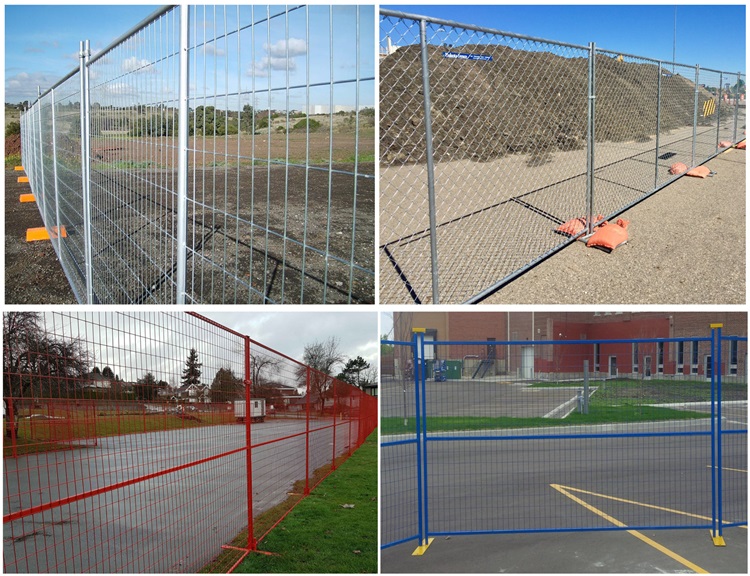Aug . 06, 2024 07:08 Back to list
Current Trends and Pricing Analysis for Razor Barbed Wire in the Construction Industry
The Price of Razor Barbed Wire An Overview
Razor barbed wire has become a crucial element in security and boundary demarcation across various sectors, including agriculture, construction, and high-security facilities. The effectiveness and deterrent capability of razor barbed wire make it a preferred choice for individuals and businesses looking to enhance their security measures. However, understanding the pricing of razor barbed wire is essential for making informed purchasing decisions.
What is Razor Barbed Wire?
Razor barbed wire is a type of fencing wire that is characterized by sharp barbs at regular intervals. These barbs, often made of stainless steel or galvanized steel, are designed not only to prevent intrusion but also to make climbing difficult. The wire itself is typically wound in a spiral, creating a formidable barrier that can deter even the most determined intruders.
Factors Influencing the Price
1. Material and Manufacturing Costs The primary factors that influence the price of razor barbed wire include the materials used and the manufacturing processes involved. High-quality stainless steel, for instance, tends to be more expensive than standard steel. Galvanization—a process that coats the wire in zinc to prevent rust—is another factor that can affect overall costs. The technology and machinery used in production also play a role in determining the final price.
2. Specifications Razor barbed wire comes in various specifications, including the gauge of the wire, the length between barbs, and the overall height of the fencing. Thicker wires with closely spaced barbs tend to be more expensive due to their enhanced security features. Custom specifications tailored to individual needs can also drive up prices.
razor barbed wire price

3. Market Demand Like any commodity, the price of razor barbed wire is influenced by market demand. In regions where security concerns are heightened, either due to crime rates or geographical disadvantages, demand for razor barbed wire often increases, leading to higher prices. Seasonal fluctuations and trends in the construction or agricultural industries can also impact demand.
4. Logistics and Transportation Costs The cost of transporting razor barbed wire from manufacturing facilities to end-users can significantly affect pricing. Factors such as fuel costs, shipping distances, and import/export tariffs (for international purchases) can add additional layers of expense.
5. Supplier and Brand The supplier’s reputation and brand recognition can also impact pricing. Established suppliers with a track record of high-quality products may charge a premium compared to lesser-known brands. However, investing in a reputable supplier can often lead to better product quality and customer service in the long run.
Average Price Range
As of the latest data, the price of razor barbed wire typically ranges from $0.25 to $0.50 per linear foot, depending on the aforementioned factors. Bulk purchases often yield better deals, and contractors frequently negotiate prices further based on volume. Installation costs, which can also be significant, should be considered when budgeting for any fencing project.
Conclusion
In summary, razor barbed wire serves as an effective solution for security and boundary enforcement, but it is crucial to understand the various factors that influence its pricing. By taking into account material quality, specifications, market demand, transportation costs, and supplier reputation, consumers can make informed decisions and potentially save money on their security investments. Whether for personal or commercial use, razor barbed wire remains a staple in protective fencing, fostering safety and peace of mind.
-
358 Anti Climb Welded Wire Mesh Fence - Secure Perimeter Defense
NewsAug.02,2025
-
Durable Hot-Dip Galvanized Farm Field Wire Fence | Farm Security
NewsAug.01,2025
-
Temporary Fencing Solutions-Anping County Xingzhi Metal Wiremesh Products Co.,Ltd
NewsJul.31,2025
-
Hop Dipped Galvanized / PVC Coated Temporary Fence - Anping County Xingzhi Metal Wiremesh Products Co., Ltd.|Durable Temporary Fencing&Cost-Effective Security Solutions
NewsJul.31,2025
-
Hop Dipped Galvanized / PVC Coated Temporary Fence-Anping County Xingzhi Metal Wiremesh Products Co., Ltd|durable temporary fencing&corrosion-resistant solutions
NewsJul.31,2025
-
Temporary Fencing Solutions - Anping County Xingzhi Metal | Galvanized PVC Coated Fences
NewsJul.31,2025



